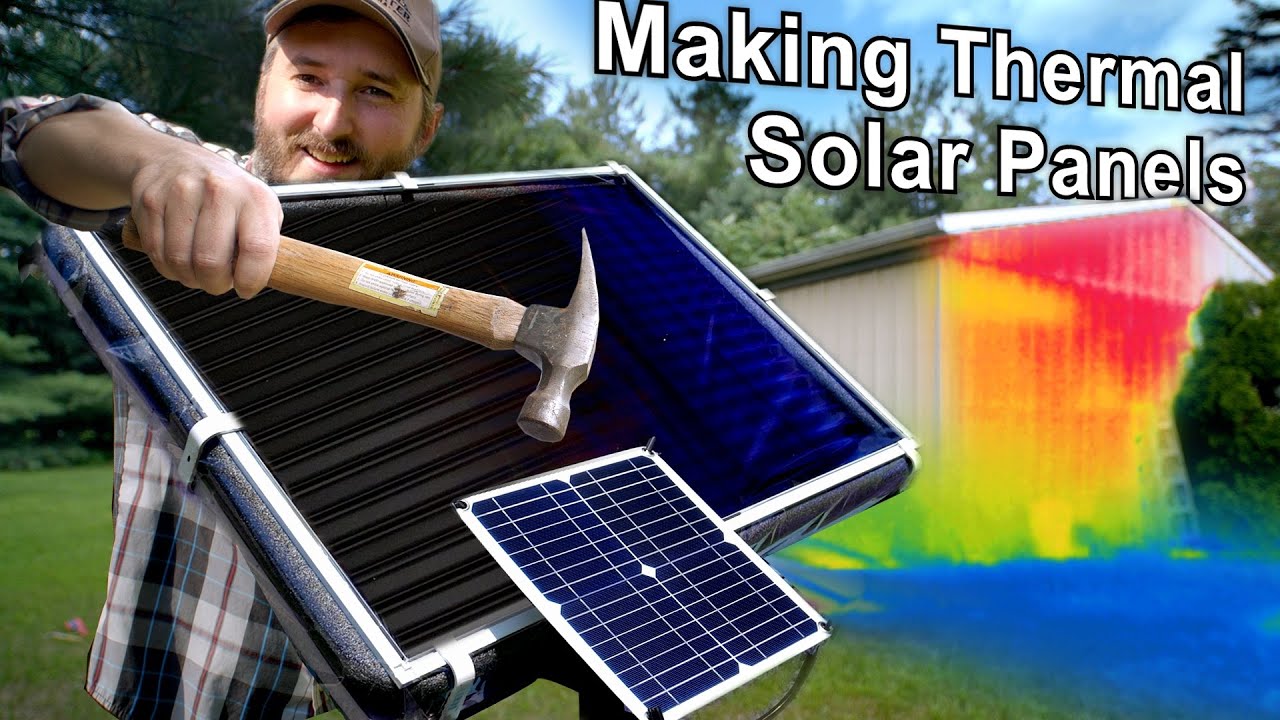One of the main uses humans have for energy is heating their homes, workshops, and food. However, converting solar energy to electricity, and electricity to heat, is extremely wasteful. That technique requires solar panels built using rare minerals, power controllers and inverters and chemical batteries.
What if we directly convert the sun’s power into heat, and store it as heat? This has a much smaller ecological footprint. Simple devices can be built with scrap material, but there are also opportunities for science to push the limits of what seems possible.
Concepts
-
EM Absorbance
A maximally efficient system would absorb the entire electromagnetic spectrum, convert it to heat, and immediately transfer that heat to a sink. Although a simple black paint from the hardware store can do a good job, it has certain downsides. Much of the heat generated will be lost as infrared radiation. -
Selective solar absorbers
The current state of the art is called selective solar absorbers. These use multiple layers of materials like graphite, SiO2, and TiO to capture as much energy as possible with minimal losses. Selective solar absorbers are used in solar concentrators. -
Geometry
The design of a panel can greatly affect it’s performance. Ideally your air or water should absorb as much heat as possible before it leaves the system. Designs include a labyrinth of pipes behind the panel. Another design uses carbonized mushrooms, whose foamy structure can both capture solar energy and wick water for steam generation. -
Thermal battery
Extremely dense materials like sand and water make effective batteries for storing heat
Consider Nighthawk as a starting point for DIY projects
